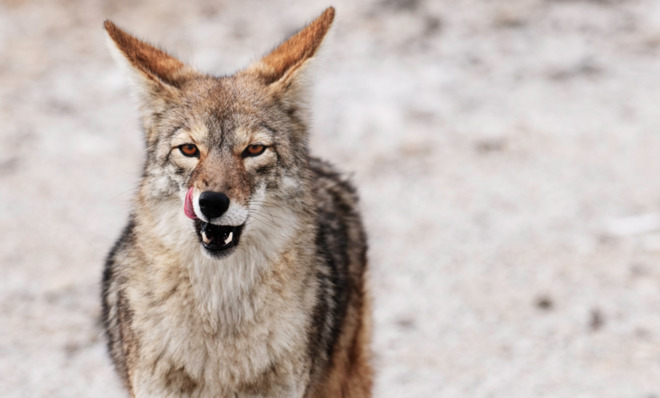How diet affects an animal's chance of becoming roadkill
Omnivores have the worst luck

Call it the omnivore's other dilemma. A new study of birds and mammals killed on roadways found that omnivorous animals — those that eat meat and plants — tend to become roadkill more often than herbivores or carnivores.
Roads create all sorts of problems for wild animals: They take away land animals could use; they bring noisy traffic into the remaining land; and they create barriers for any animals that want to expand their ranges or migrate to new ones.
Most obviously, though, roads introduce the risk of an animal getting squashed by an SUV, which happens to some creatures more often than others.
The Week
Escape your echo chamber. Get the facts behind the news, plus analysis from multiple perspectives.

Sign up for The Week's Free Newsletters
From our morning news briefing to a weekly Good News Newsletter, get the best of The Week delivered directly to your inbox.
From our morning news briefing to a weekly Good News Newsletter, get the best of The Week delivered directly to your inbox.
What makes a given species more or less vulnerable to getting hit by a car hasn't always clear. Past research has connected roadkill rates with everything from traffic volume and speed limits to traits of the animals themselves, like body size, range size, and reproductive rates.
Most of this work has been small in scale, though, focusing on a limited stretch of road. To get a bigger picture, UCLA's Taylor Cook and Daniel Blumstein compiled 10 different roadkill studies, ending up with data on 10,000+ separate roadkill incidents on more than seven million miles of roadway from all over the world.
By cross referencing that data with a list of 12 traits that might factor into roadkill vulnerability, like socialability, body size, and brain size, they found that an animal's diet explained a lot of the variation in roadkill rates. Omnivores — such as shrews, skunks, foxes, armadillos, and even maned wolves, which feast on sugarcane and wild tubers — were getting killed the most, followed by herbivores and carnivores.
How does a well-rounded diet predispose an animal like a fox to getting blindsided by a truck? The exact link between the two isn't clear, but Cook and Blumstein suggest that diet tends to be associated with a suite of other traits, like how much space an animal needs to live on, how mobile it is, and how quick it is to avoid your car. An omnivorous diet may be the linchpin that ties together a "syndrome of vulnerability."
A free daily email with the biggest news stories of the day – and the best features from TheWeek.com
For example, omnivores may be more inquisitive or exploratory in searching for food, Blumstein speculates. Or they may be more comfortable entering dangerous situations or places, like a roadway. Further studies will need to be done to work that out.
Nevertheless, even our relatively meager understanding of the omnivores' other dilemma translates into important takeaways for conservationists. For instance, rather than looking at the problem from the car and driver side of things or planning ways to prevent, say, all animals in a certain geographic area from getting hit by cars, conservationists can now focus their efforts on specific animals. Cook and Blumstein suggest removing the foods that are specifically attractive to the most at-risk animals, or using the same repellant tactics that farmers and ranchers use to keep herbivores from eating their crops and carnivores from attacking their livestock.


